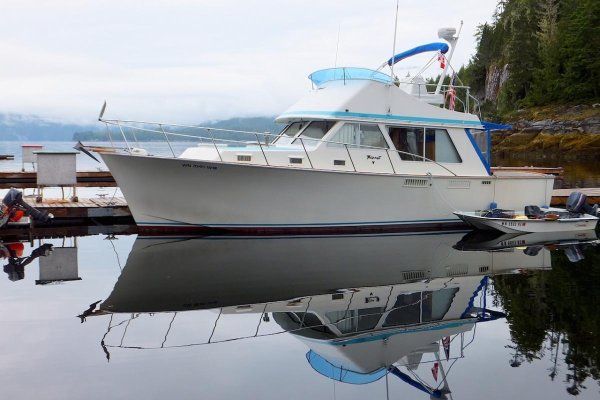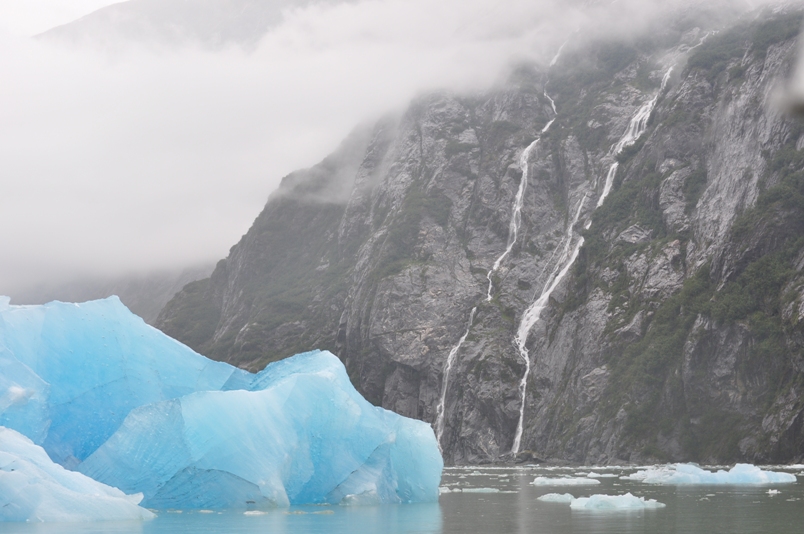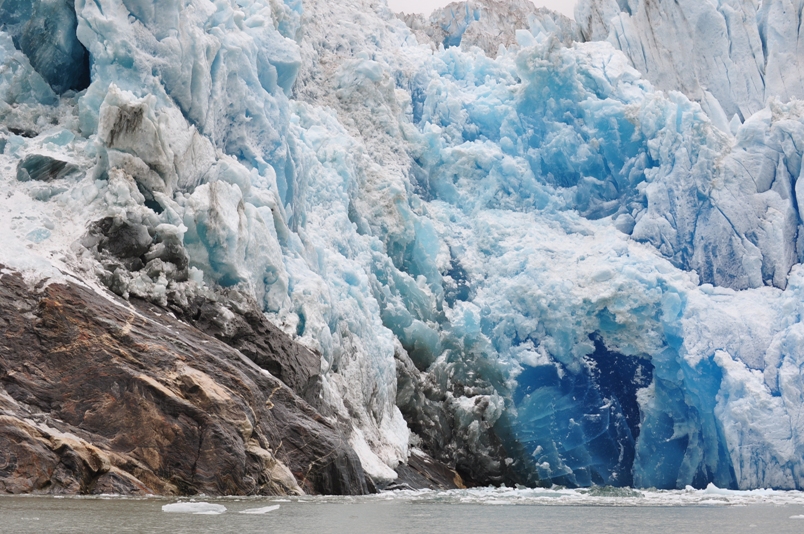Alaskan Sea-Duction
Guru
- Joined
- Jul 6, 2012
- Messages
- 8,058
- Location
- USA
- Vessel Name
- Alaskan Sea-Duction
- Vessel Make
- 1988 M/Y Camargue YachtFisher
Got your attention huh!
To avoid thread drift, I decided to start a new thread and ask three questions..
This will be our first time cruising the outside (Columbia River Bar to Neah Bay, WA coast) coast to Puget Sound and then cruising the Inside Passage. We have never cruised this area. San Juan Islands to Skagway Alaska.
What was your first experience cruising the Inside Passage?
Since that time what helped you in future cruising the Inside Passage?
Some have suggested the Waggoner seminar in March. At $375 per couple, plus travel and lodging, we can see dropping 1 boat dollar.
Is the seminar worth it?
To avoid thread drift, I decided to start a new thread and ask three questions..
This will be our first time cruising the outside (Columbia River Bar to Neah Bay, WA coast) coast to Puget Sound and then cruising the Inside Passage. We have never cruised this area. San Juan Islands to Skagway Alaska.
What was your first experience cruising the Inside Passage?
Since that time what helped you in future cruising the Inside Passage?
Some have suggested the Waggoner seminar in March. At $375 per couple, plus travel and lodging, we can see dropping 1 boat dollar.
Is the seminar worth it?





